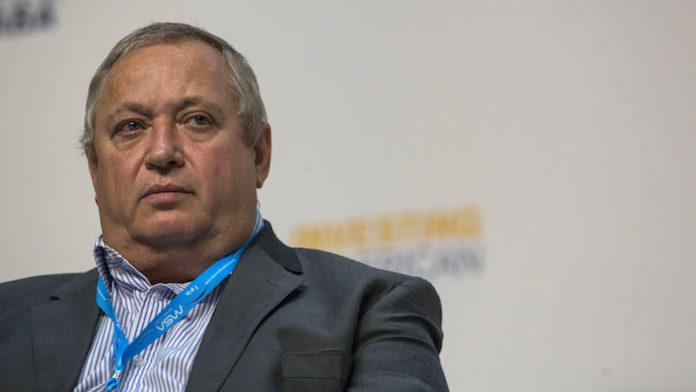
THE last time a South African mining company packed for Finland, it ended in tundra and tears. That was in 2004 when Gold Fields committed $90m drilling Arctic Platinum, eventually selling it 14 years later for a knock-down $40m.
But Neal Froneman, CEO of Sibanye-Stillwater, says his company’s R6bn investment in the Keliber Oy lithium prospect in the Kaustinen region is nothing like Arctic Platinum.
Firstly, Keliber is a lithium deposit that has no comparison in South Africa, whereas Arctic Platinum always looked like a poor cousin against the riches of the Bushveld Complex’s abundant platinum group metal (PGM) deposit.
Secondly, Sibanye-Stillwater hopes to influence the European supply chain for electric vehicle battery (BEV) manufacture which the Finnish government wants to champion. That’s a critical linkage for Sibanye-Stillwater for reasons other than successfully supplying lithium to the evolving hybrid BEV market.
Froneman recently convinced end-users of palladium, one of the metals in the PGM basket, that structural problems would emerge in the market unless they reduced their dependence on the metal. He argued that acting now would not only stimulate platinum demand but also release palladium for substitution with rhodium. He’s hoping that in getting closer to the lithium battery market, he will get the opportunity to influence demand. “It’s more around long-term sustainability,” he says.
There are other benefits to investing in Finland. One is that the country ranks among the top five best investment jurisdictions, as per the Fraser Institute, a survey of geopolitical risk for miners. As the chosen mining partner, Sibanye-Stillwater is improving its asset profile, which is currently heavily skewed towards South Africa.
Secondly, Sibanye-Stillwater has scored some ESG brownie points: having the Finnish government, which is invested in Keliber through the Finnish Minerals Group, plump for the South African mining company required it to pass the most vigorous of stress tests. “We got grilled,” says Froneman.
Breaking China dominance
There’s another side to Sibanye-Stillwater’s investment. The Finnish government’s interest in capturing the lithium supply and downstream market reflects how Western powers are increasingly viewing the international world of mining demand and supply. If miners learned anything from Covid-19 it was that logistical disruption on the scale experienced in 2020 can’t happen again.
A source inside President Joe Biden’s administration recently told Reuters that the US wanted to source minerals from “allies”, leaving local manufacturers to focus on downstream processing. The implicit consequence of this is to reduce China’s influence in areas such as the BEV market, where it’s currently dominant.
“You can rest assured that the Europeans are going to become less dependent on batteries out of China. The Americans are going to become less dependent, and we’re just talking batteries here, out of anywhere else other than America,” says Froneman.
What’s unlikely to happen with Keliber Oy is the export of South Africans to operate the project, he says. That could have attracted criticism to the effect that the Sibanye-Stillwater team was dabbling in geology and operating conditions in which it didn’t have direct experience.
Sibanye-Stillwater has come in for some flak as a company that buys its growth through M&A rather than building from grassroots to production. Efforts to expand Stillwater Mining’s US operation, the Blitz project, ran into problems related to its geology that lowered its production ramp-up numbers.
“We bring technical expertise to the Keliber team, but we’re not promoting the idea that we can operate in Finland better than the Finns,” says Froneman.
For more stories like this visit the digital version of the 2021 Mining Yearbook.










